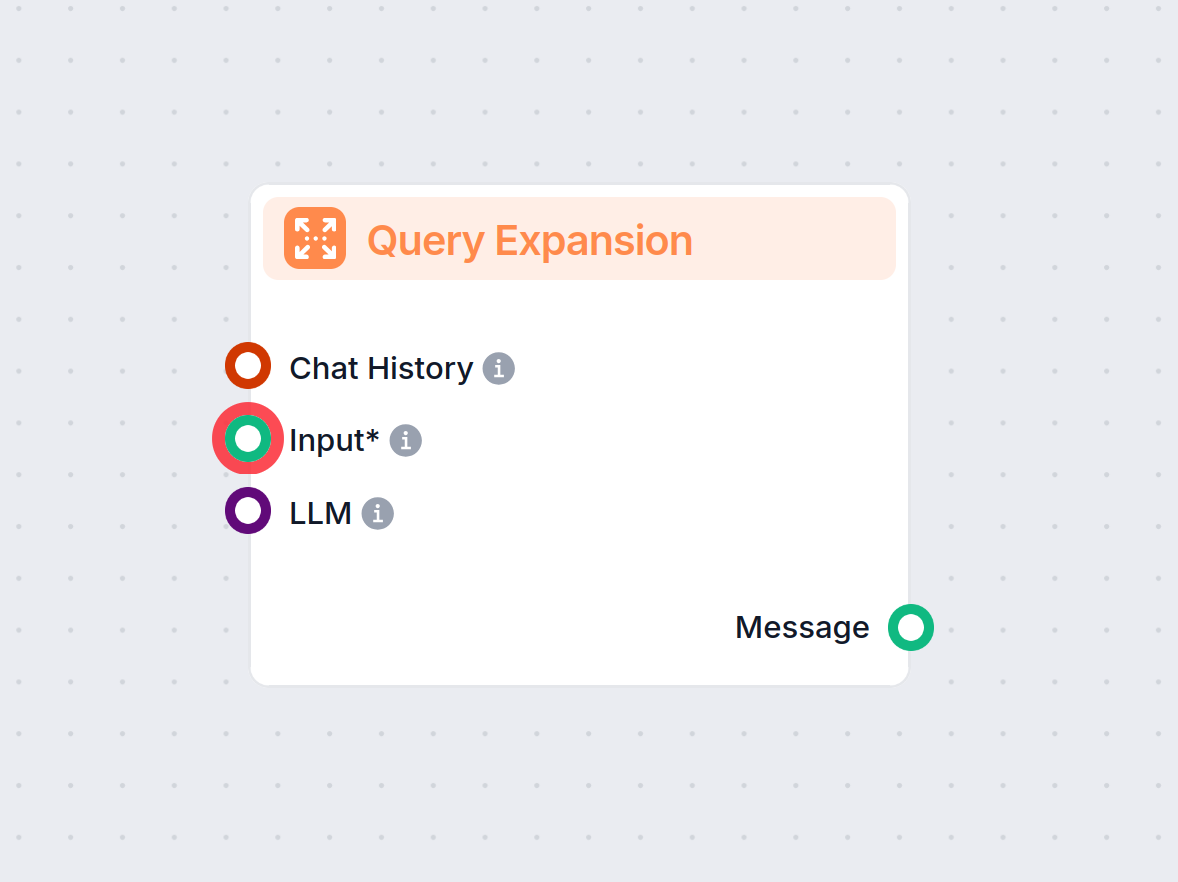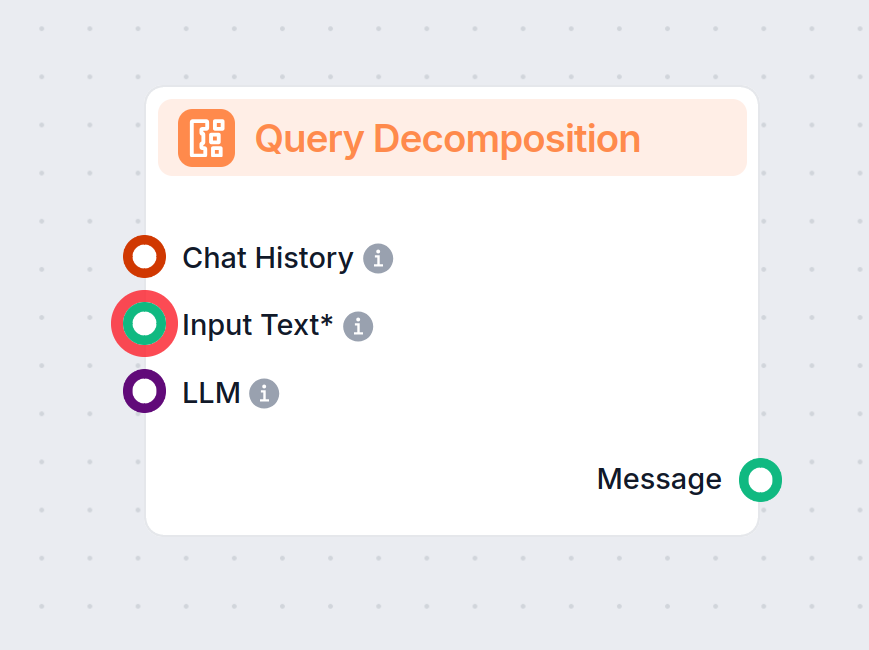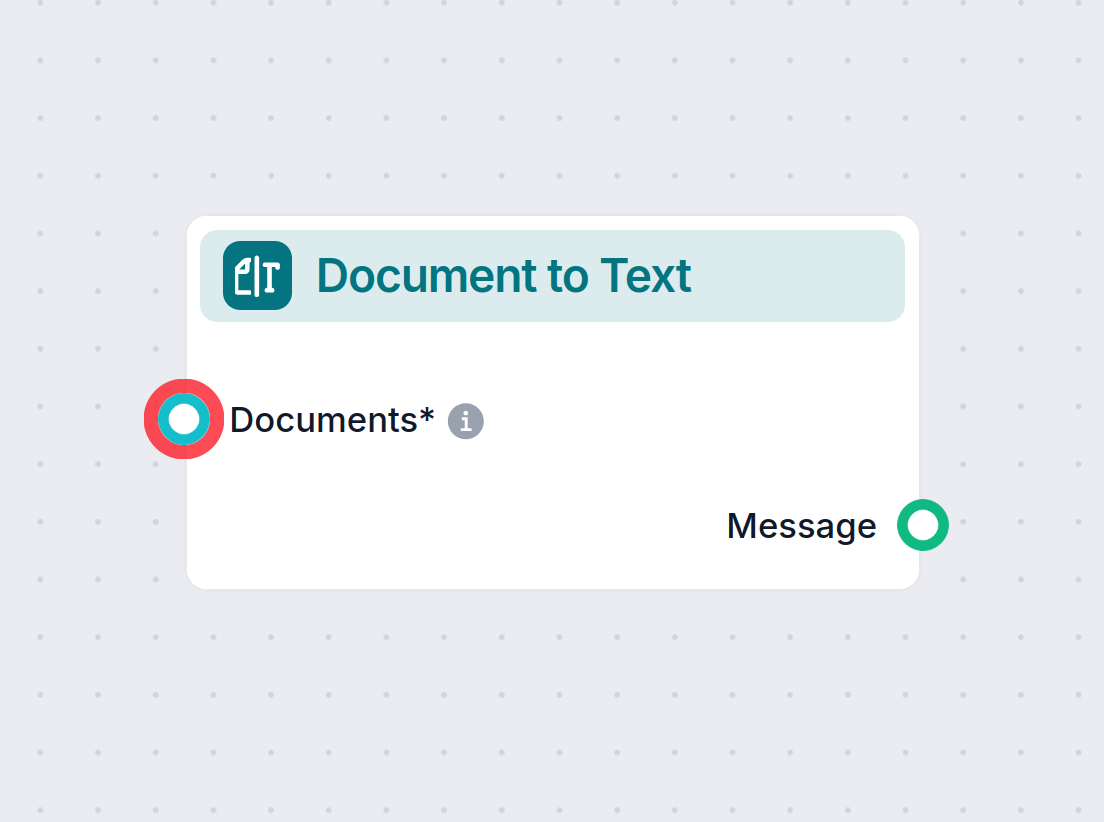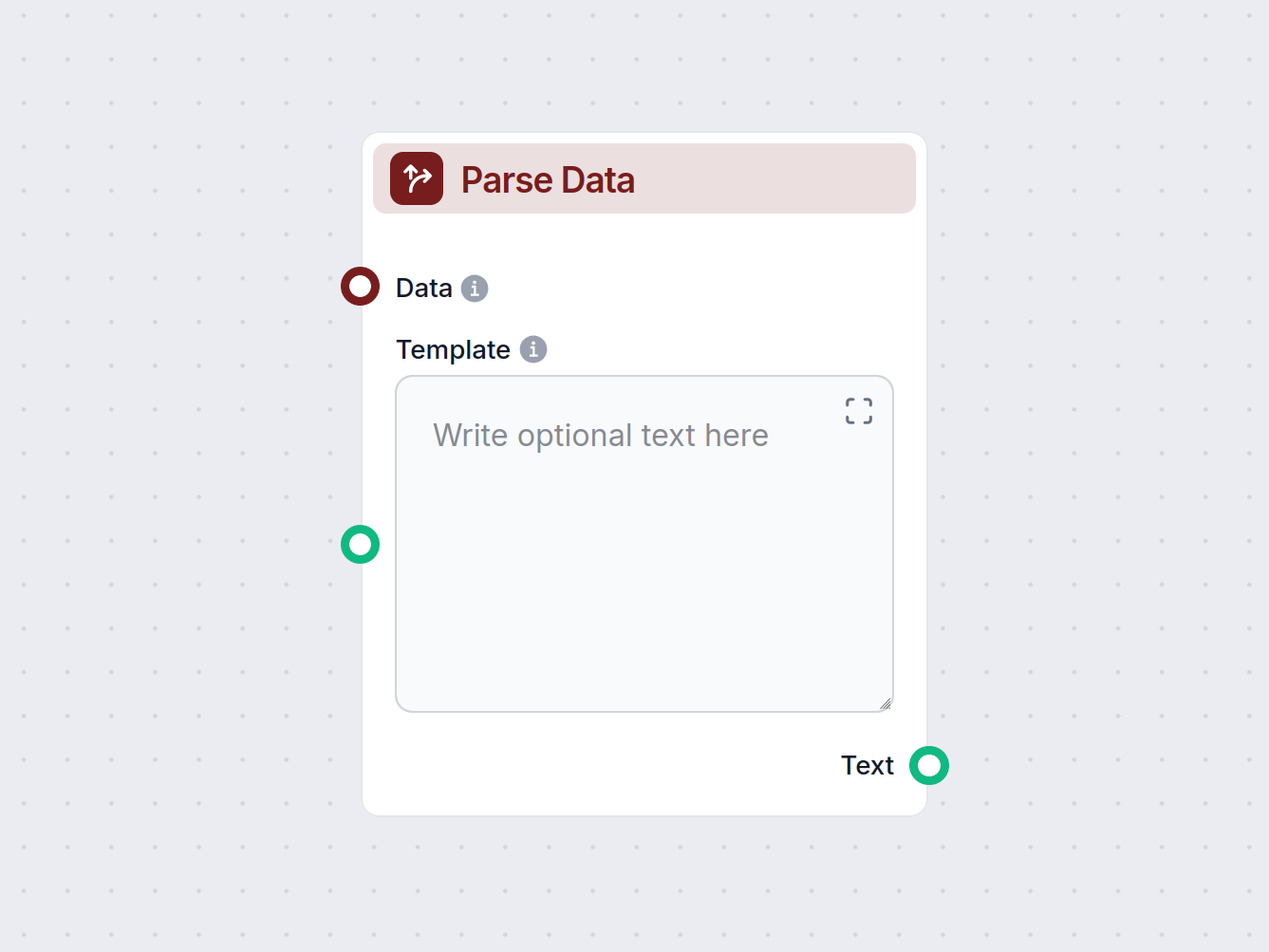
Espansione della Query
L'Espansione della Query in FlowHunt migliora la comprensione del chatbot trovando sinonimi, correggendo errori di ortografia e garantendo risposte coerenti e a...

La Scomposizione dei Task suddivide query complesse in sottoquery più piccole, aiutando i chatbot IA a fornire risposte più accurate e mirate.
Descrizione del componente
Query Decomposition is a flow component designed to enhance the precision and effectiveness of AI-driven workflows by breaking down complex input queries into distinct, manageable sub-queries. This process helps ensure that each aspect of a user’s original question is addressed, leading to more thorough and accurate responses.
The primary function of the Query Decomposition component is to take an input text—typically a complex or multi-part question—and split it into several alternative or sub-queries. These sub-queries represent the individual pieces of information that need to be resolved in order to fully answer the original query. This approach is especially useful in scenarios where a question is broad, ambiguous, or composed of several intertwined elements.
| Input Name | Type | Required | Description |
|---|---|---|---|
| Input Text | Message | Yes | The main text or question that you want to split into multiple alternative queries. |
| Chat History | InMemoryChatMessageHistory | No | Previous chat messages to provide context for generating more precise sub-queries. |
| LLM (Model) | BaseChatModel | No | The language model used for generating alternative queries. |
| Include Original Query | Boolean | No | Option to include the original query in the list of alternative queries. |
| System Message | String | No | Additional system-level instruction that can be appended to the prompt for customizing behavior. |
Query Decomposition is valuable in complex AI workflows where single queries may cover multiple topics or require multi-step reasoning. By breaking queries down, you can:
| Feature | Description |
|---|---|
| Input | Complex user query (text) |
| Output | List of alternative/sub-queries (as a message object) |
| Context Support | Yes (via chat history) |
| Model Selection | Yes (custom LLM can be specified) |
| Advanced Options | Include original query, custom system message |
By integrating Query Decomposition into your AI workflow, you enable smarter, more granular handling of complex queries, leading to improved outcomes and a better user experience.
La Scomposizione delle Query suddivide le query complesse e composte in sottoquery semplici che sono più facili da gestire. In questo modo, può fornire risposte più dettagliate e mirate.
La Scomposizione delle Query non è necessaria per tutti i Flussi. Il suo uso principale è la creazione di bot di assistenza clienti e altri casi in cui l'input richiede un approccio passo dopo passo a input complessi. Utilizzare la Scomposizione dei Task garantisce risposte dettagliate e altamente pertinenti. Senza di essa, il bot potrebbe fornire risposte vaghe.
Entrambe aiutano il bot a comprendere meglio la query. La Scomposizione delle Query prende query complesse o composte e le suddivide in passaggi più piccoli eseguibili. L'Espansione delle Query, invece, aggiunge a query incomplete o errate, rendendole chiare e complete.
Inizia a creare chatbot IA più intelligenti e automatizza query complesse con il componente di Scomposizione delle Query di FlowHunt.
L'Espansione della Query in FlowHunt migliora la comprensione del chatbot trovando sinonimi, correggendo errori di ortografia e garantendo risposte coerenti e a...
Il componente Documento in Testo di FlowHunt trasforma i dati strutturati provenienti dai retriever in testo markdown leggibile, offrendoti un controllo preciso...
Il componente Analizza Dati trasforma dati strutturati in testo semplice utilizzando template personalizzabili. Consente una formattazione flessibile e la conve...

